Painting by LaurelSmart
You may love abstract art, not like it at all or not understand exactly what it is. Kathy Wyatt gives a brief synopsis to help you get to know the practice and connect with abstraction.
What is Abstract Art?
There is no one definition of abstract art and many different disciplines that express it. Some people consider abstraction to be works that alter reality. Colours may be more expressive, composition manipulated or exaggerations in the work that invite you to read the artwork in a different way.
Pure abstraction however, is an entity in its own right, avoiding representation in any form. The drive behind creating the work could evolve from any stimuli, from conceptual concerns to a physical process.
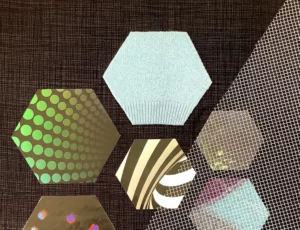
Understanding Abstract Art
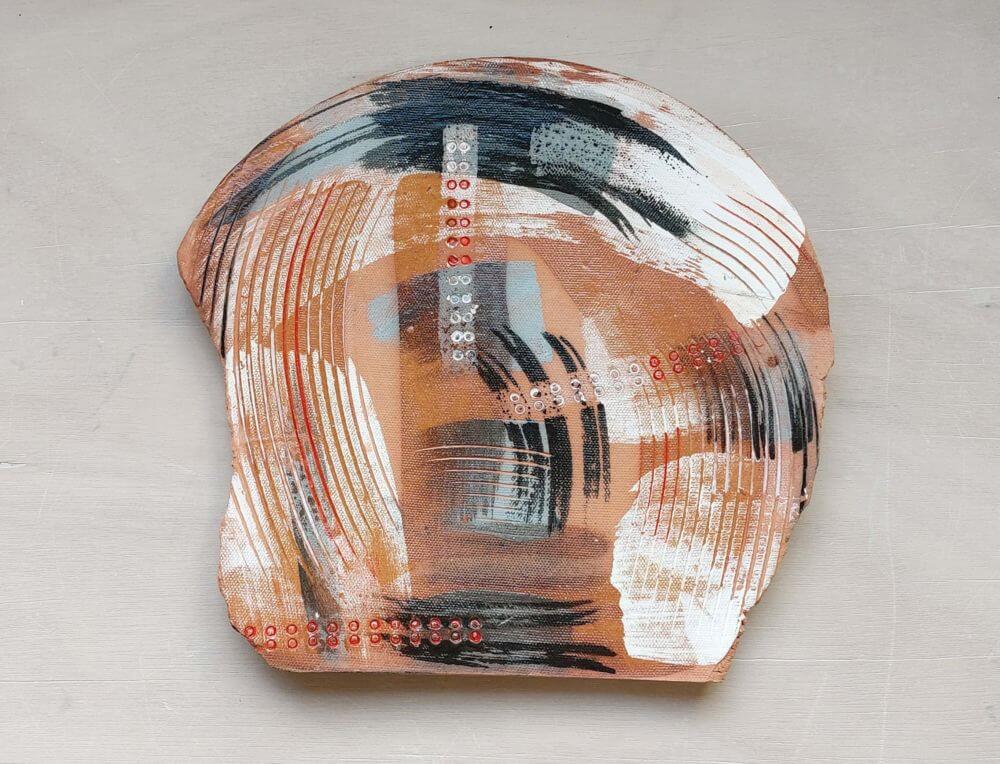
Many abstract artists talk about working intuitively, recognising the creative value of the subconscious. While in some cases their practise is informed by years of experience of working with materials and processes that become second nature.
Often an artist will not choose to explain their work, there may be no narrative. They want you to spend time looking at the work and really experience what it has to offer and how it makes you feel. You are encouraged to read the work in your own way and in so doing complete the work.
History of Abstract Art
Wassily Kandinsky is generally regarded as the pioneer of abstract art. In 1913 Kandinsky made his first truly abstract paintings, unfettered from its need to be representational. He viewed non-objective abstract art as the ideal visual mode to express the ”inner necessity” of the artist and to convey universal human emotions and ideas.
In the 50’s, Jackson Pollock developed a unique style using gestural abstraction. In this, he chose not to explore the subject of the work, but rather his techniquein applying paint to canvas.
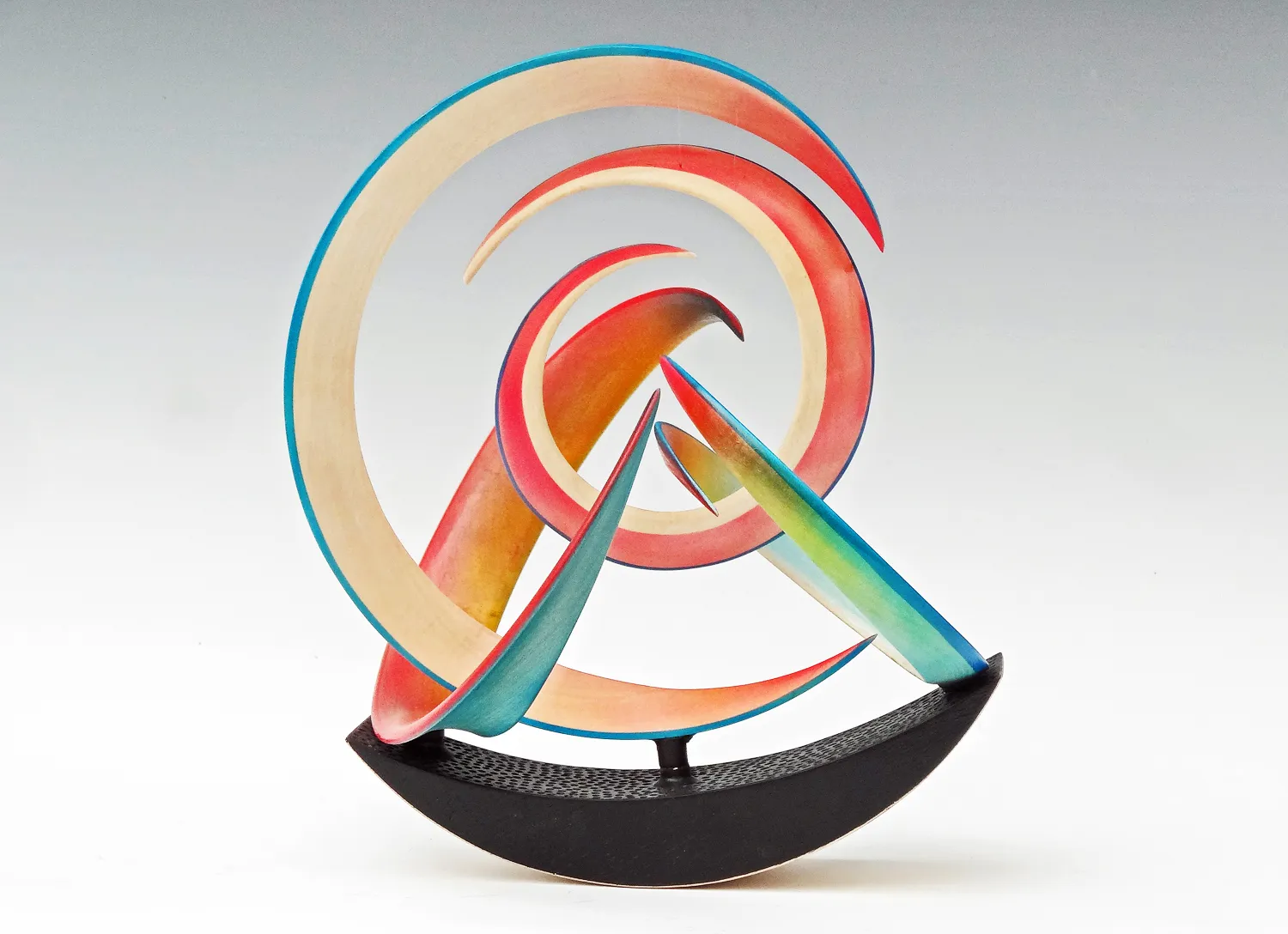
In the 60’s & 70’s Barbara Hepworth, a modernist British sculptor, over the course of her career, changed her works from simplified naturalistic forms to purely abstract shapes.
Cornelia Parker is a contemporary installation artist who consistently works with abstract forms, and is best known for her exploded garden shed, suspending fragments as if capturing the explosion in time. She says of her art practise, ”My work has threads of ideas from all over the place. I try to crystallise them in something simple and direct and the viewer can then take them where they want.”Many abstract artists talk about working intuitively, recognising the creative value of the subconscious. While in some cases their practise is informed by years of experience of working with materials and processes that become second nature.Often an artist will not choose to explain their work, there may be no narrative. They want you to spend time looking at the work and really experience what it has to offer and how it makes you feel. You are encouraged to read the work in your own way and in so doing complete the work.
Learn More
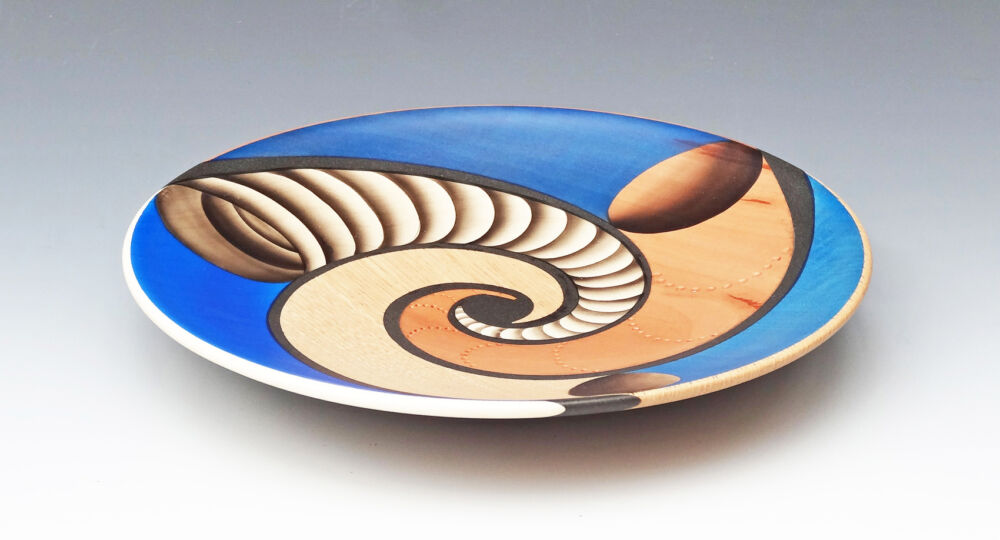
Woodturning
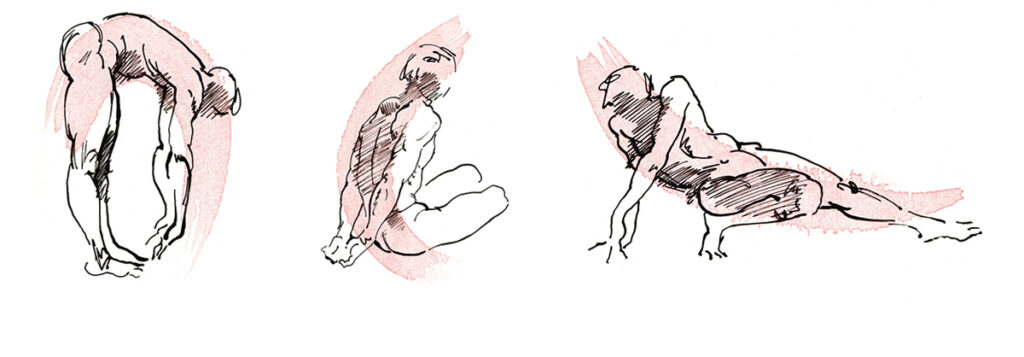
Life Drawing

